
TAG Heuer is going to sell a lot of these… I am, of course, referring to the TAG Heuer Carrera Heuer-02T Tourbillon timepiece that is a new-for-2016 product and is among the most affordable (if not the most affordable) Swiss tourbillon-equipped watch of today. During Baselworld 2015, we debuted the TAG Heuer Carrera-02T Tourbillon (here), which promised an “unheard of” price of about $15,000 for a Swiss tourbillon-based watch. Now that I have one on the wrist, the question is “how did it come out?” and “how good is it for the money?” Let’s explore the interesting story and product that is the newest TAG Heuer tourbillon with its in-house made Heuer-02T movement.
The genesis of the Heuer-02T movement and the TAG Heuer Carrera Heuer-02T Tourbillon watch is multi-layered, so allow me to explain the backstory (again, for some people) as best as I can. This watch did not evolve out of a vacuum, but is rather the result of a series of interesting events coalescing to make for just such a watch to be developed. I suppose the story begins with the movement.
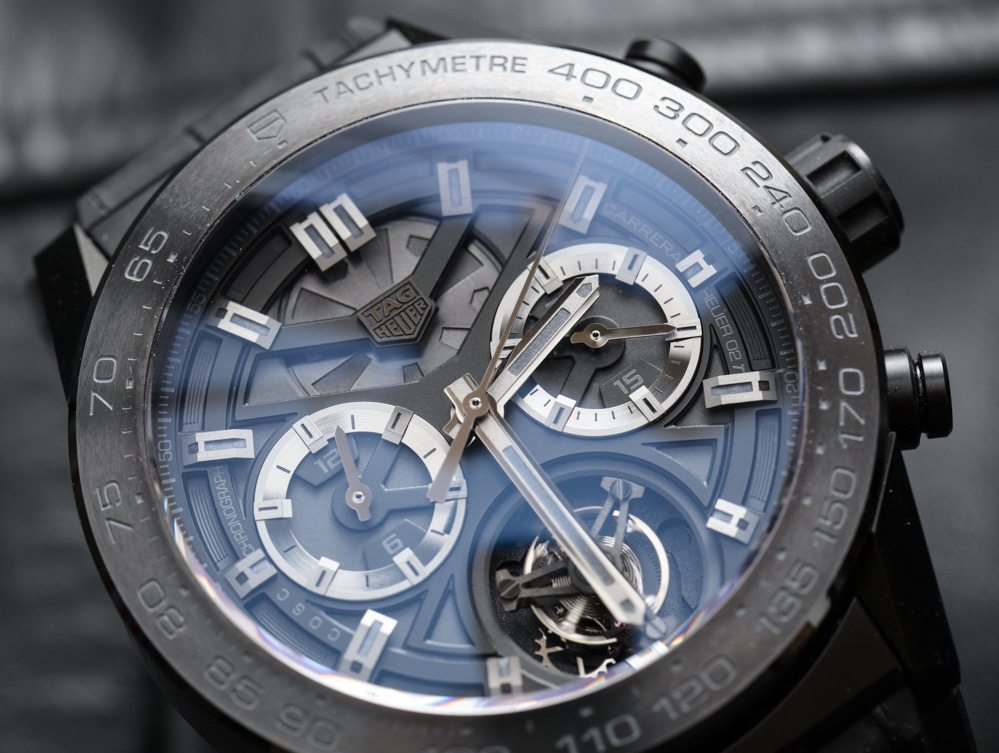
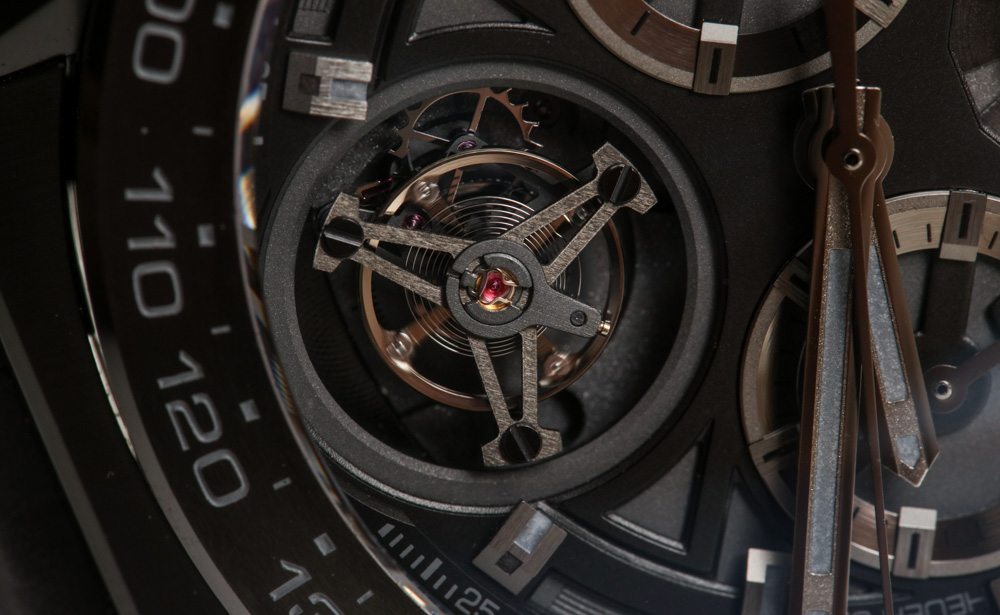
In 2013, TAG Heuer opened up a new factory in Chevenez, Switzerland, designed to produce their then-new in-house CH80 caliber (where CH actually stood for Chevenez and 80 for its claimed power reserve), as well as their caliber 1887. aBlogtoWatch was extremely excited about the CH 80 (hands-on here with the watch), which would have been a super cool and thoroughly modern automatic chronograph movement. If you click on the link to the article, you can see just how clean and advanced the facility is. For a range of reasons, the CH 80 movement plan was sort of mothballed. My understanding is that for a few reasons TAG Heuer wanted to focus almost exclusively on producing its 1887 movement. I think one reason for this move was that it would have been difficult to separate the CH 80 and 1887 for the consumer in terms of which they should buy, because they, both being automatic chronographs, basically offered the same functionality (even though they had different chronograph layouts and power reserve).
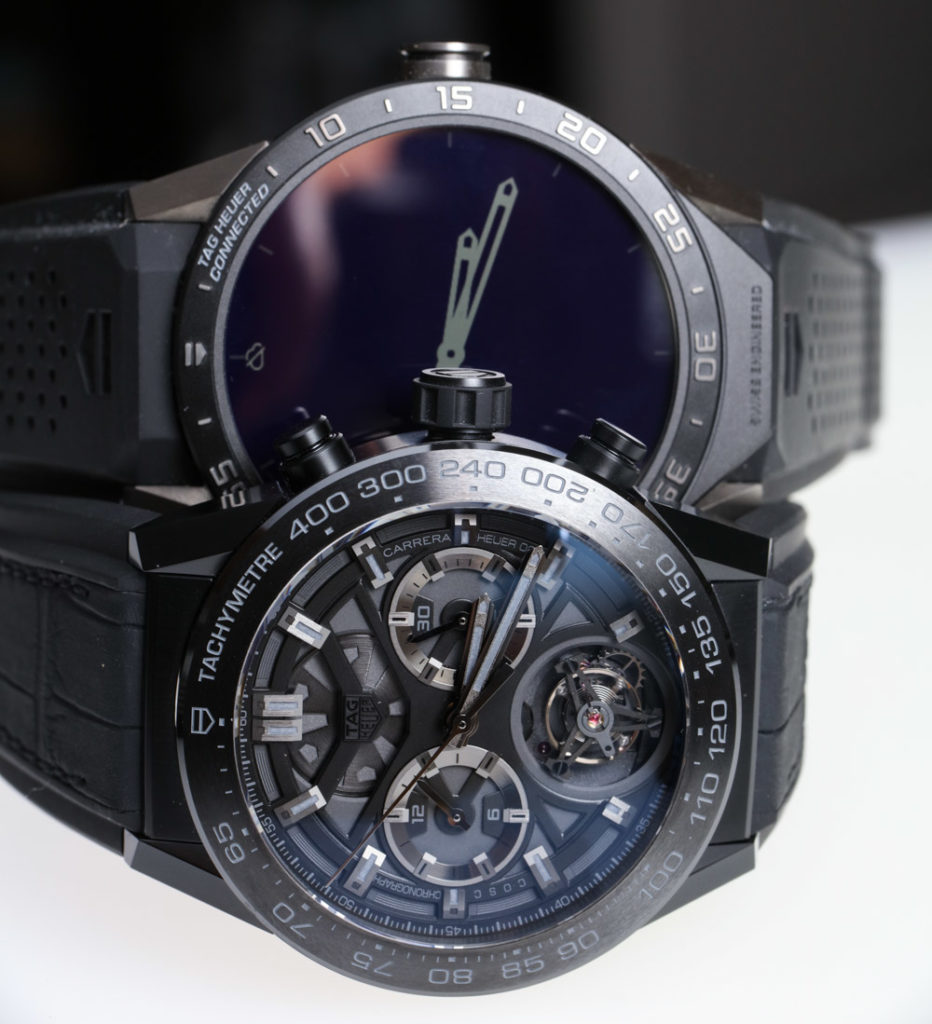
While we lamented the fact that we would not see CH 80 movements in TAG Heuer timepieces any time soon, the CH 80 movements found use in an interesting project that would eventually transform them into the Heuer-02T movements. More on that below.
Something else interesting happened in 2015, and that was Jean-Claude Biver taking over as interim CEO of TAG Heuer. Under his leadership, the brand would undergo some changes including overall price reductions, as well as a broadening of the product range to satisfy the aesthetic and lifestyle demands of millennials. While the brand’s iconic Carrera remains part of the collection, TAG Heuer introduced the Carrera Heuer 01 watch (aBlogtoWatch review here) collection as a complement to the rest of the Carrera family.
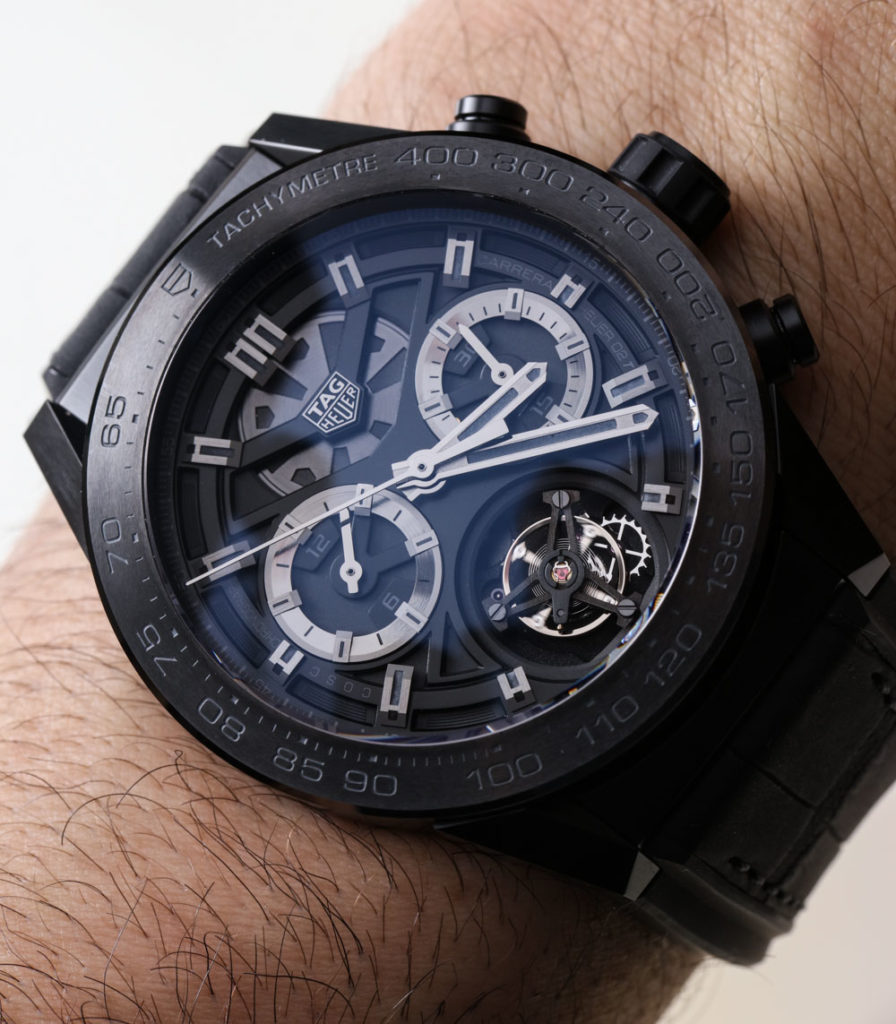
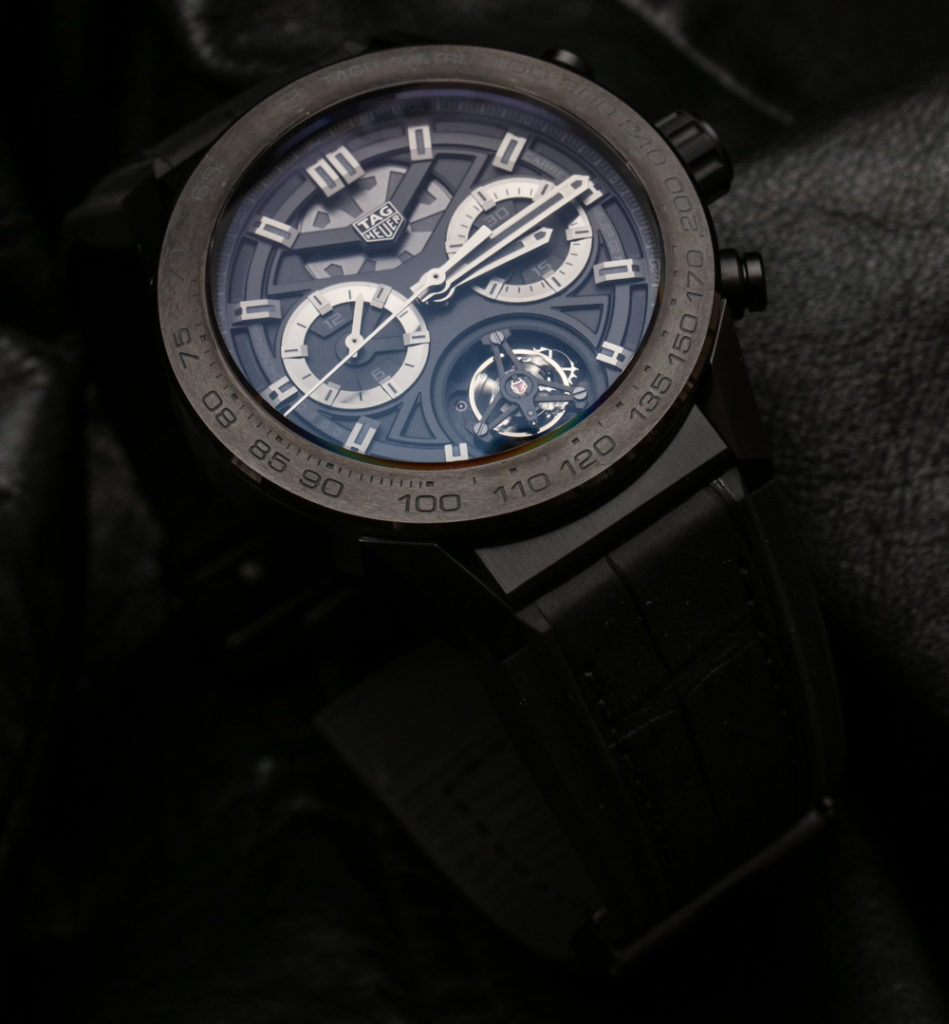
The TAG Heuer Carrera Heuer 01 watch introduced a new case design as well as a variation on the 1887 movement known as the caliber Heuer 01. Skeletonized and more modern in execution, the Carrera Heuer 01 signaled a new era of the TAG Heuer brand that Mr. Biver himself commented was part of a larger strategy to take what worked for him at Hublot and apply it to a more accessibly-priced brand plan at TAG Heuer. As a true sign of the times, the TAG Heuer Carrera Heuer 01 case design is used not only in the Carrera Heuer 01 watch, but also the Carrera Connected smartwatch, as well this TAG Heuer Carrera Heuer-02T Tourbillon. In truth, the case design works well for all of these products despite the price differences. TAG Heuer is going for a “brand DNA” look with this new Carrera case, and I think it is working.
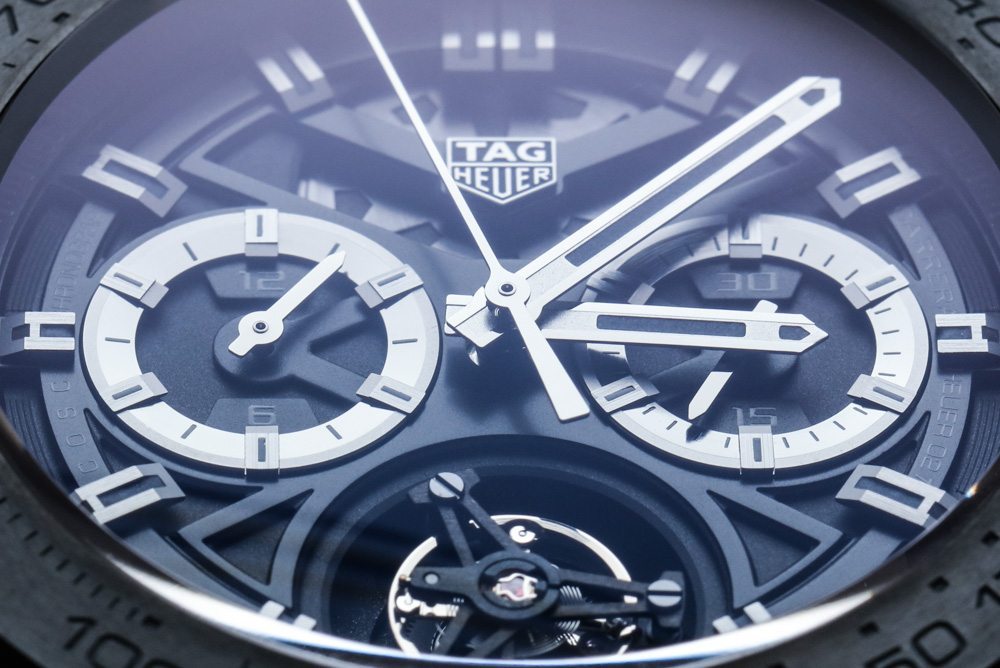
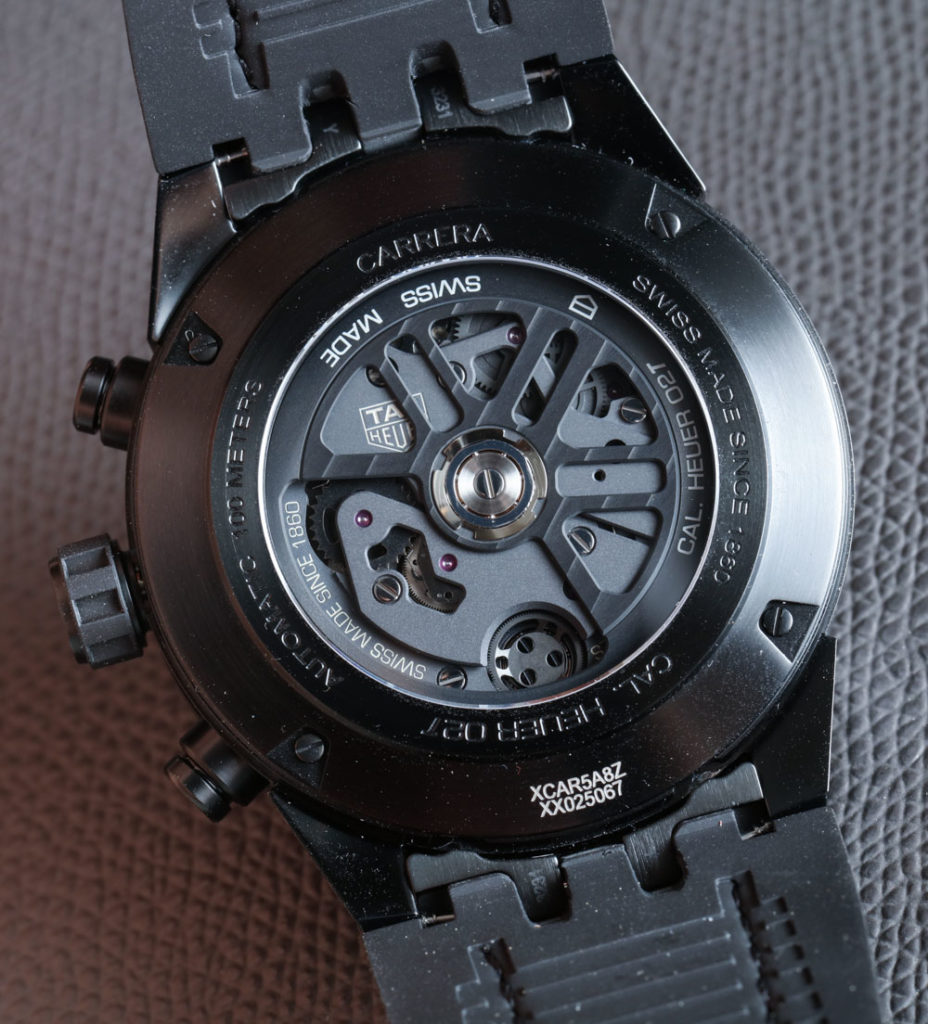
Odd or not, it doesn’t strike me as a negative thing that the brand’s successful smartwatch uses more or less the same case design as the brand’s new flagship tourbillon. It’s a testament to Biver’s capacity for product differentiation as well as brand diversity that this similarity of product forms actually works. Now is also a good time to mention that the TAG Heuer Carrera Heuer-02T Tourbillon is not the brand’s first tourbillon-based timepiece.
In 2012, they debuted the MikrotourbillonS and then, as recently at 2014, TAG Heuer released the Monaco V4 Tourbillon (hands-on here). “Belt-driven” and mounted with a bridge over the top, the Monaco V4’s tourbillon was designed in a different way, but it also came with a price of about $170,000. With that said, I should point out that the design of the Heuer-02T’s tourbillon is inspired by the construction of that in the Monaco V4 Tourbillon. The TAG Heuer Carrera Heuer-02T Tourbillon is also a fraction of the Monaco Tourbillon’s price, starting at about $16,000. For people who have been following the high-end watch industry for a while, that number seems almost impossibly low.
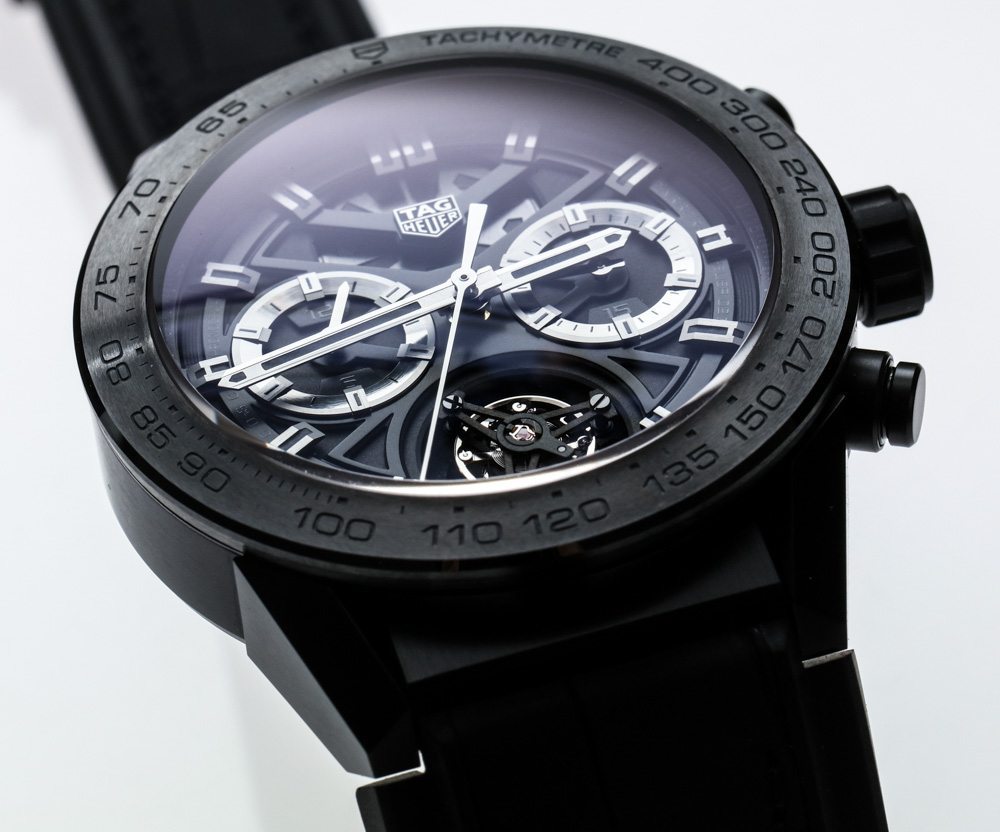
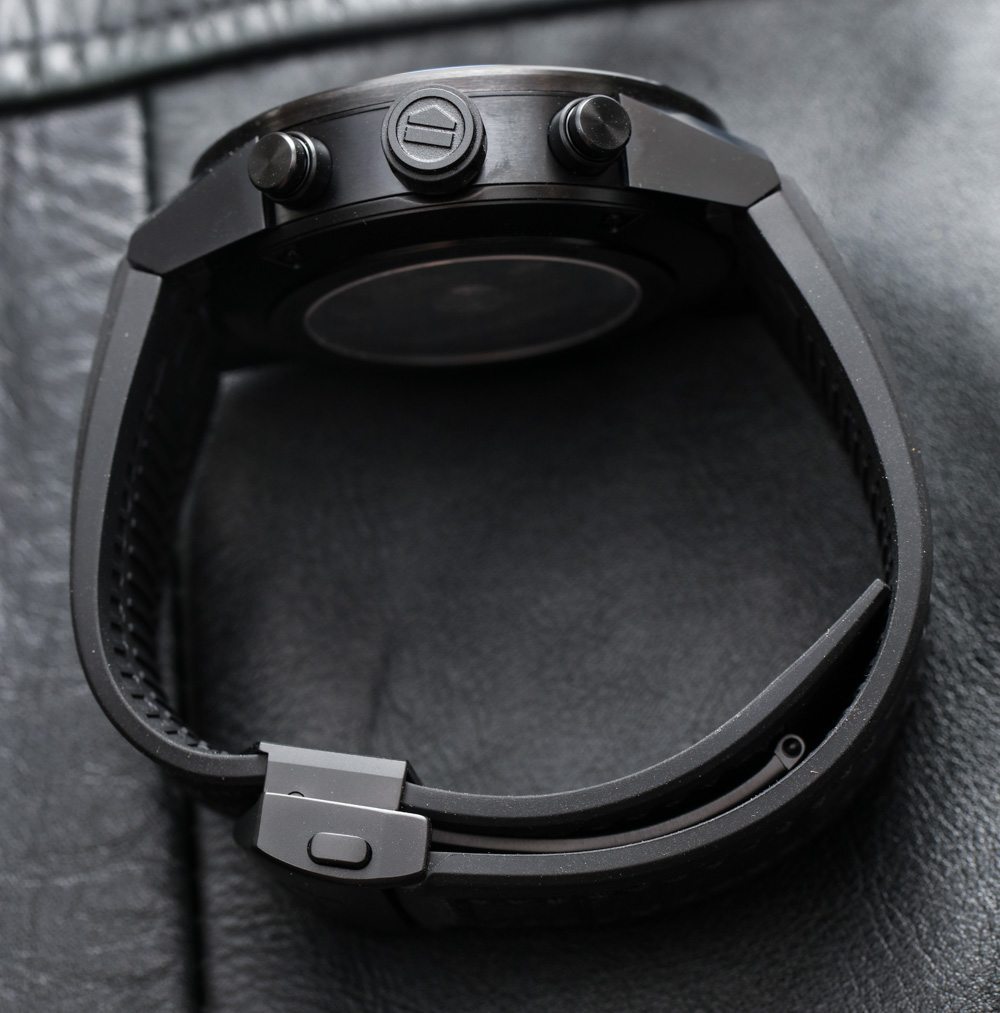
Speaking of rich-people problems like tourbillon watch prices, TAG Heuer has even more history when it comes to fancy and exotic tourbillons. Going back to just one year earlier in 2013, the brand introduced a concept (that I believe was sold to a few collectors) with the TAG Heuer MikroPendulumS (hands-on here) which, in addition to other engineering feats, included two tourbillons. I am pretty sure that these commanded a price of over $200,000.
When Jean-Claude Biver announced his plans for how to take TAG Heuer into the future, it seemed as though the brand’s “haute horlogerie” division was going to shut down or at least change given that the brand wanted to focus less on exotic timepieces. When it was then announced the brand was going to introduce a new entry-level tourbillon, it opened up people’s eyes to just how dynamic Mr. Biver wanted to make the brand. Today, about 18 months after his taking charge of the brand, it is clear just how diverse and interesting the world of TAG Heuer has and will continue to become.

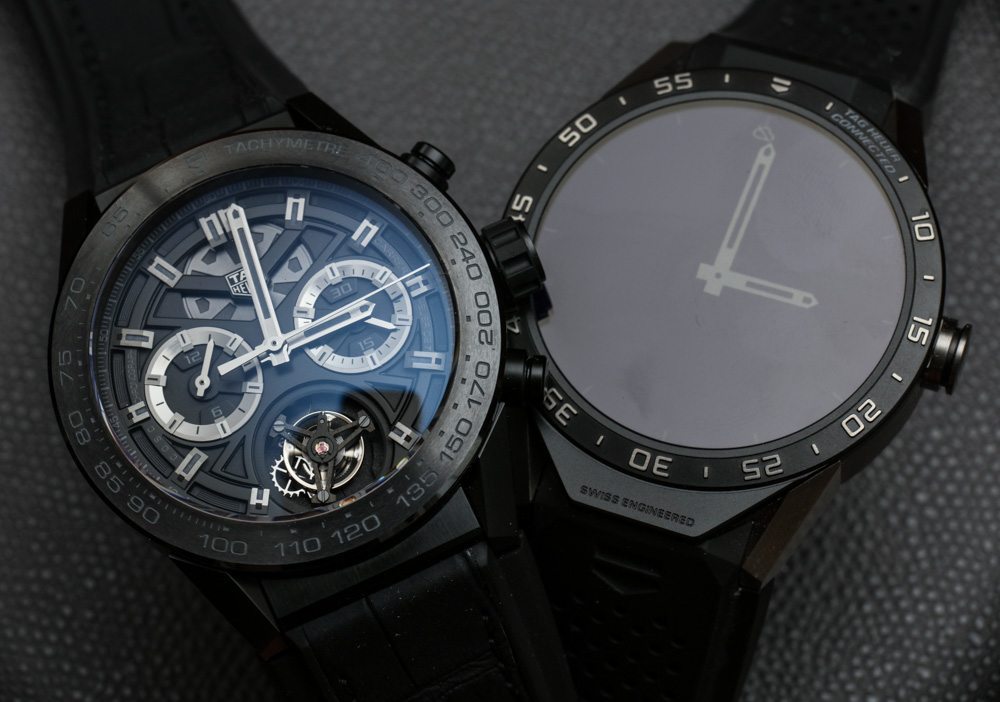
So why a tourbillon? This is a pretty good question and not one that I think I can easily answer in this article. Upon debuting the circa $16,000 TAG Heuer Carrera Heuer-02T Tourbillon along with the Carrera Connected, Mr. Biver seemed to inadvertently begin a rhetoric debate with Patek Philippe Chairman Thierry Stern – who has on at least a few occasions spoken out against Biver’s development of a “low cost” tourbillon and other products. Speaking to Corinne Gretler (who I consider to be a very smart reporter and good colleague) at Bloomberg, Stern more or less said that as a Swiss tourbillon, TAG Heuer’s product was too inexpensive. So why would Mr. Stern take that position?
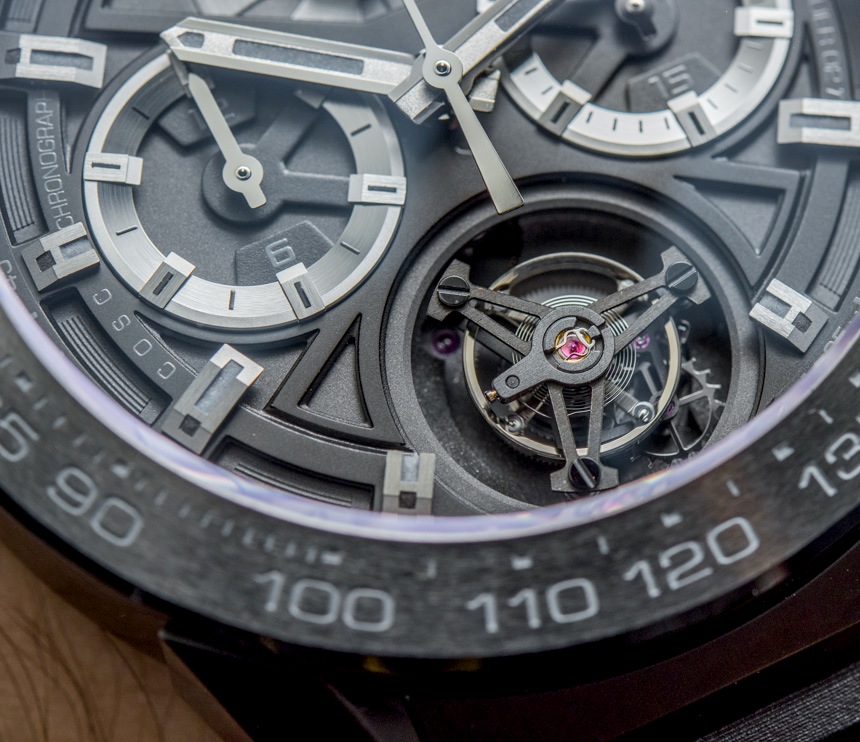
As a functional item, a tourbillon only theoretically adds value to a timepiece. It was designed by Breguet in 1795 (patented in 1801) as an experimental means of making travel clocks and pocket watches more accurate. In the mid-20th century, watch brands (Omega was the first) began to experiment with tourbillons in “competition” movements as a means of making them more accurate. They were never really seen as a status symbol, and it was eventually found that, at best, tourbillons were probably only “as accurate” as non-tourbillon watches.
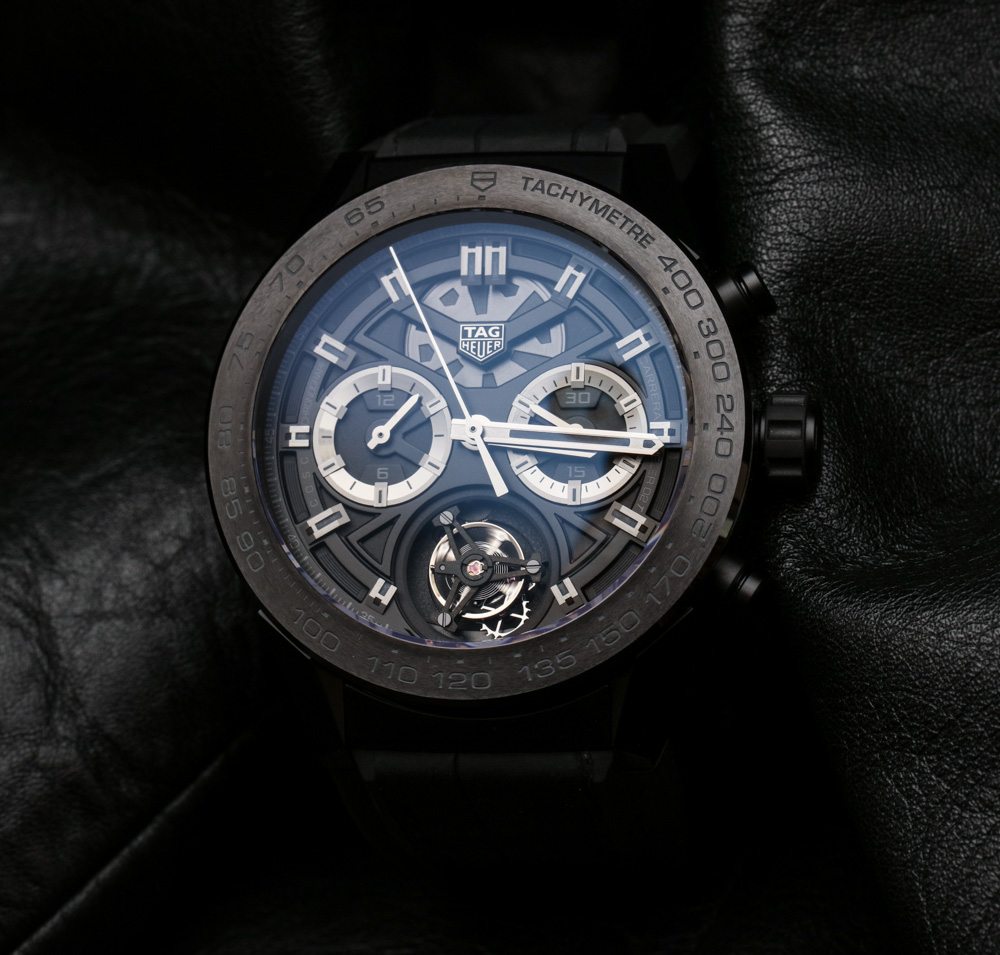
For those that aren’t familiar with what a tourbillon is, it can be explained as a regulation system which revolves on its own axis. The regulation system is more or less comprised of the oscillating balance wheel, hairspring, and escapement. Together, they are mostly responsible for the accuracy of a mechanical movement. Tourbillons put the entire regulation system in a “cage” which rotates around itself, usually once each 60 seconds.
